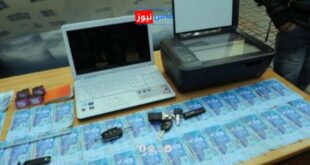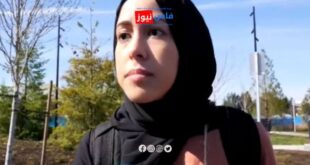The High Commission for Planning in Morocco announced the main results of the 2024 General Census of Population and Housing, which provides a comprehensive picture of the demographic, social, and economic situation of the kingdom.
Population Growth and Geographic Distribution
The population of Morocco reached 36,828,360 people on September 1, 2024, with an average annual population growth rate of 0.85% during the period 2014-2024. The urbanization rate increased significantly, reaching 62.8% in 2024 compared to 51.4% in 1994.
| Year | Population | Urbanization Rate |
|---|---|---|
| 1994 | – | 51.4% |
| 2014 | 33,848,242 | – |
| 2024 | 36,828,360 | 62.8% |
The seven major cities account for 37.8% of the urban population, with Casablanca leading the list with 3.236 million inhabitants.
Fertility and Population Composition
The total fertility rate decreased to 1.97 children per woman, which is below the generational replacement threshold of 2.1 children per woman. The population composition also saw notable changes, with a decrease in the proportion of children and working-age population, while the percentage of people aged 60 and over increased.
Education and Literacy
The proportion of the population with lower secondary education and above increased from 30.2% in 2014 to 39.1% in 2024. The illiteracy rate also decreased significantly from 32.2% to 24.8% during the same period.
Health and Social Coverage
69.8% of the population reported having health coverage. The prevalence rate of disability decreased slightly from 5.1% to 4.8% between 2014 and 2024.
Technology and Communications
84.4% of the population aged 15 and over have a personal phone at the national level, while 59.6% reported using the internet.
Labor Market
The activity rate decreased from 47.6% in 2014 to 41.6% in 2024, with persistent disparities between urban and rural areas and between genders. The unemployment rate increased from 16.2% to 21.3% during the same period.
Housing and Living Conditions
The results showed an improvement in housing conditions, with the percentage of households with electricity rising to 97.1% and access to drinking water to 82.9%. The proportion of households occupying dwellings with one to two rooms at most increased from 35.7% in 2014 to 43.5% in 2024.
Economic Institutions and Markets
The census revealed 1,130,021 active for-profit economic institutions, providing 3.6 million permanent jobs. Additionally, 147,062 public service institutions and 1,022 weekly markets were counted across the kingdom.
These results reflect the demographic, social, and economic transformations Morocco is experiencing and form an important information base for decision-makers and researchers in various fields.
Of course, I can enhance the article with tables and illustrative functions to facilitate understanding of the statistical data presented in the results. Here are some examples:
Population Growth and Annual Growth Rate
| Year | Population | Average Annual Growth Rate |
|---|---|---|
| 2014 | 33,848,242 | – |
| 2024 | 36,828,360 | 0.85% |
Population Distribution by Area
| Area | Percentage (2024) |
|---|---|
| Urban | 62.8% |
| Rural | 37.2% |
Major Cities and Their Population (2024)
| City | Population (in millions) |
|---|---|
| Casablanca | 3.236 |
| Tangier | 1.275 |
| Fez | 1.183 |
| Marrakech | 1.015 |
| Salé | 0.945 |
| Meknes | 0.562 |
| Rabat | 0.516 |
Total Fertility Rate Trend
Total Fertility Rate
^
|
3.0 |
|
2.5 | *
| *
2.0 | *
| * (1.97)
1.5 |
|
1.0 +----+----+----+----+----+
1994 2004 2014 2024 YearHousehold Distribution by Size (2024)
| Household Size | Percentage |
|---|---|
| 1 person | 11.1% |
| 2-3 people | 31.4% |
| 4-5 people | 39.2% |
| 6 or more | 18.3% |
Illiteracy Rate by Gender and Area of Residence (2024)
| Category | Illiteracy Rate |
|---|---|
| Urban Males | 17.3% |
| Urban Females | 32.4% |
| Rural Males | 38.0% |
| Rural Females | 47.5% |
| National Average | 24.8% |
Source: Fes News
 فاس نيوز ميديا جريدة الكترونية جهوية تعنى بشؤون و أخبار جهة فاس مكناس – متجددة على مدار الساعة
فاس نيوز ميديا جريدة الكترونية جهوية تعنى بشؤون و أخبار جهة فاس مكناس – متجددة على مدار الساعة















